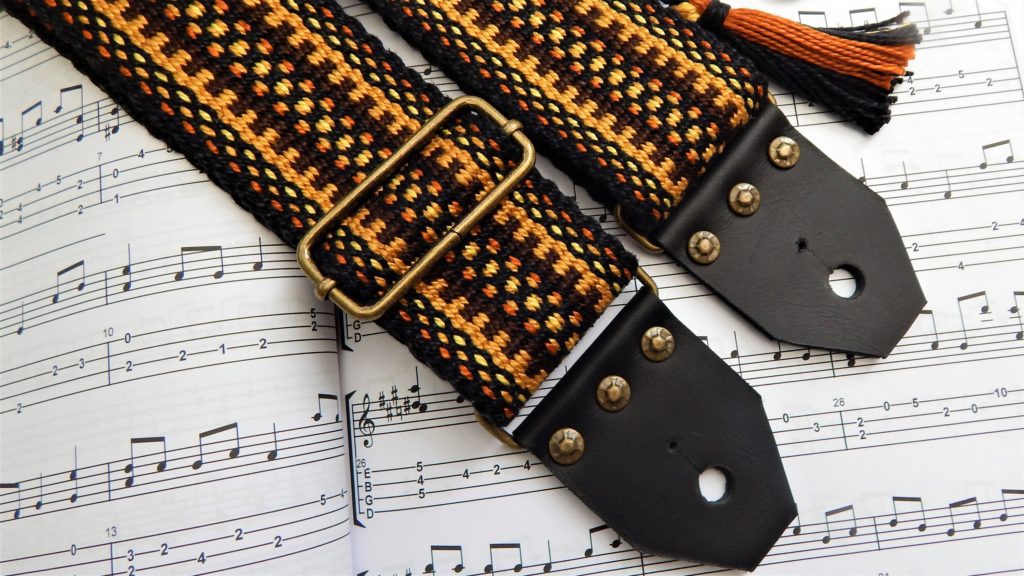When it comes to playing the banjo, having a good strap is essential for both comfort and proper playing technique. While guitar straps may be suitable for some players, it’s important to note that banjo straps are designed differently to fit the unique needs of the instrument. In this article, we will explore the differences between banjo straps and guitar straps, as well as the various types of banjo straps available.

Are banjo straps different than guitar straps?
One of the most noticeable differences between banjo straps and guitar straps is their length. Banjo straps tend to be shorter, as the instrument is smaller and sits higher up on the body. This is important because a longer strap can cause the banjo to hang too low, which can lead to poor playing posture and strain on the neck and shoulders. A shorter banjo strap allows the player to maintain a comfortable and upright playing position, which is crucial for proper technique and avoiding discomfort or injury.
Another important difference between banjo and guitar straps is the way they attach to the instrument. While guitar straps often use a simple strap button on the bottom of the guitar, banjos require specialized attachments that fit their unique hardware. Most banjos have a hook at the bottom of the instrument that attaches to the strap, as well as a loop that fits around the tension hoop near the top of the banjo head. It’s important to choose a strap with the appropriate attachments to ensure a secure and stable fit.
When it comes to materials, banjo straps are typically made from durable and sturdy materials such as leather or nylon. These materials are designed to withstand the weight of the banjo and provide long-lasting support. Some players prefer leather straps for their classic look and feel, while others prefer the lighter weight and affordability of nylon straps. It’s important to choose a material that feels comfortable against your skin and provides the necessary support for your playing style.
Finally, banjo straps may feature additional design elements that improve comfort and stability while playing. For example, some straps may have wider padding to distribute weight more evenly across the shoulder and reduce strain. Other straps may have non-slip materials on the underside to prevent slipping or sliding during performance. Additionally, some players may prefer adjustable straps to customize the fit and feel of their strap to their individual needs.
In terms of types of banjo straps, there are a variety of options available on the market. Some players prefer traditional leather straps with minimal padding for a classic and vintage look. Others may opt for padded or wider straps to improve comfort during long playing sessions. Nylon straps are also a popular option, as they tend to be more affordable and lightweight than leather straps. Some straps may even feature unique designs or patterns to add a touch of personal style to your playing.
Overall, choosing the right banjo strap is an important consideration for any player. By selecting a strap that fits your individual needs and playing style, you can ensure proper technique and comfort during practice and performance. Whether you prefer the classic look of leather or the lightweight feel of nylon, there is a banjo strap out there that is perfect for you.
Best Microphone for Banjo
31 Facts About the Banjo
10 Best Banjo Festivals in the U.S.
10 Best Banjo Podcasts
Banjo Tabs
Types of Banjo Straps

